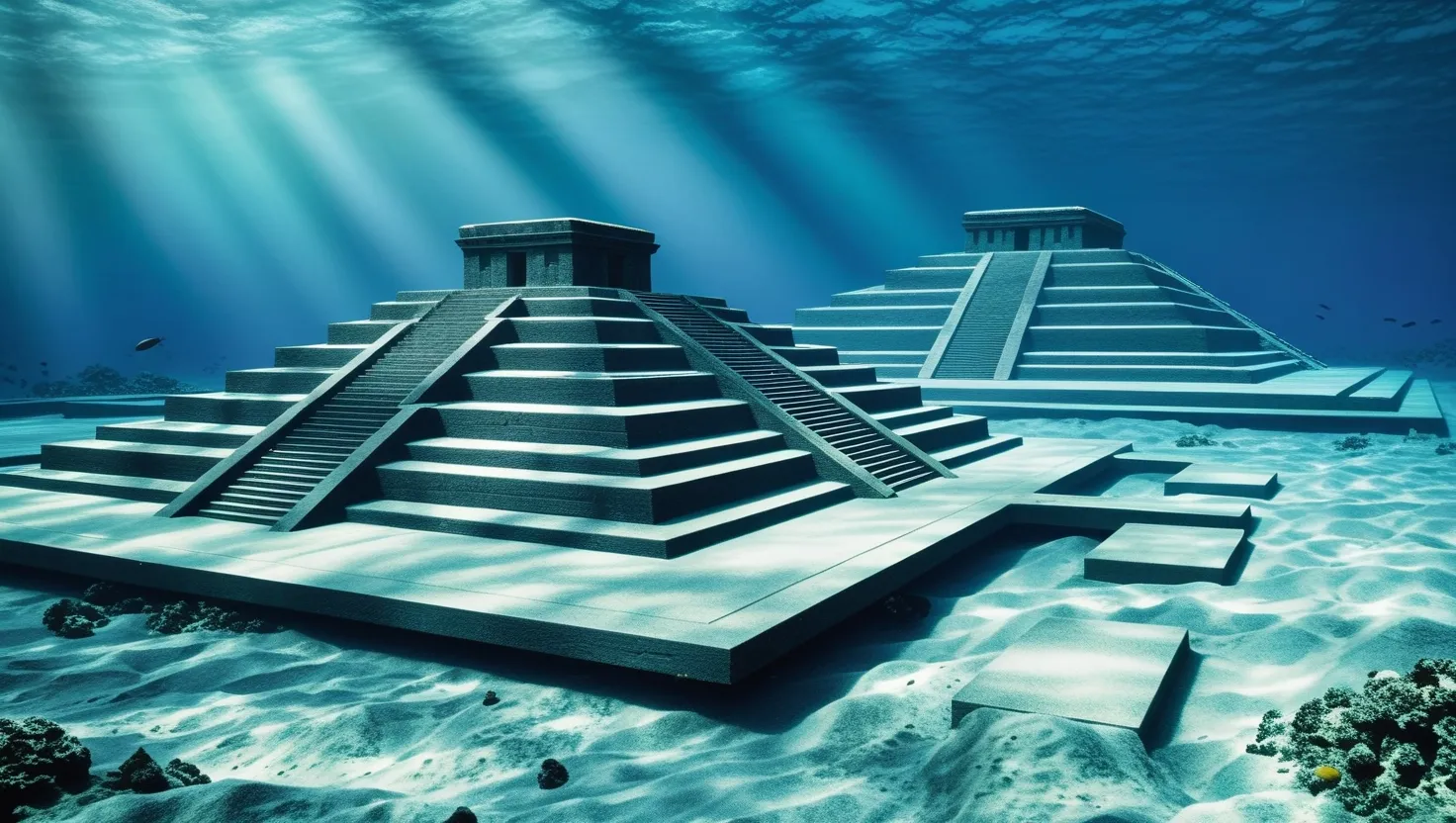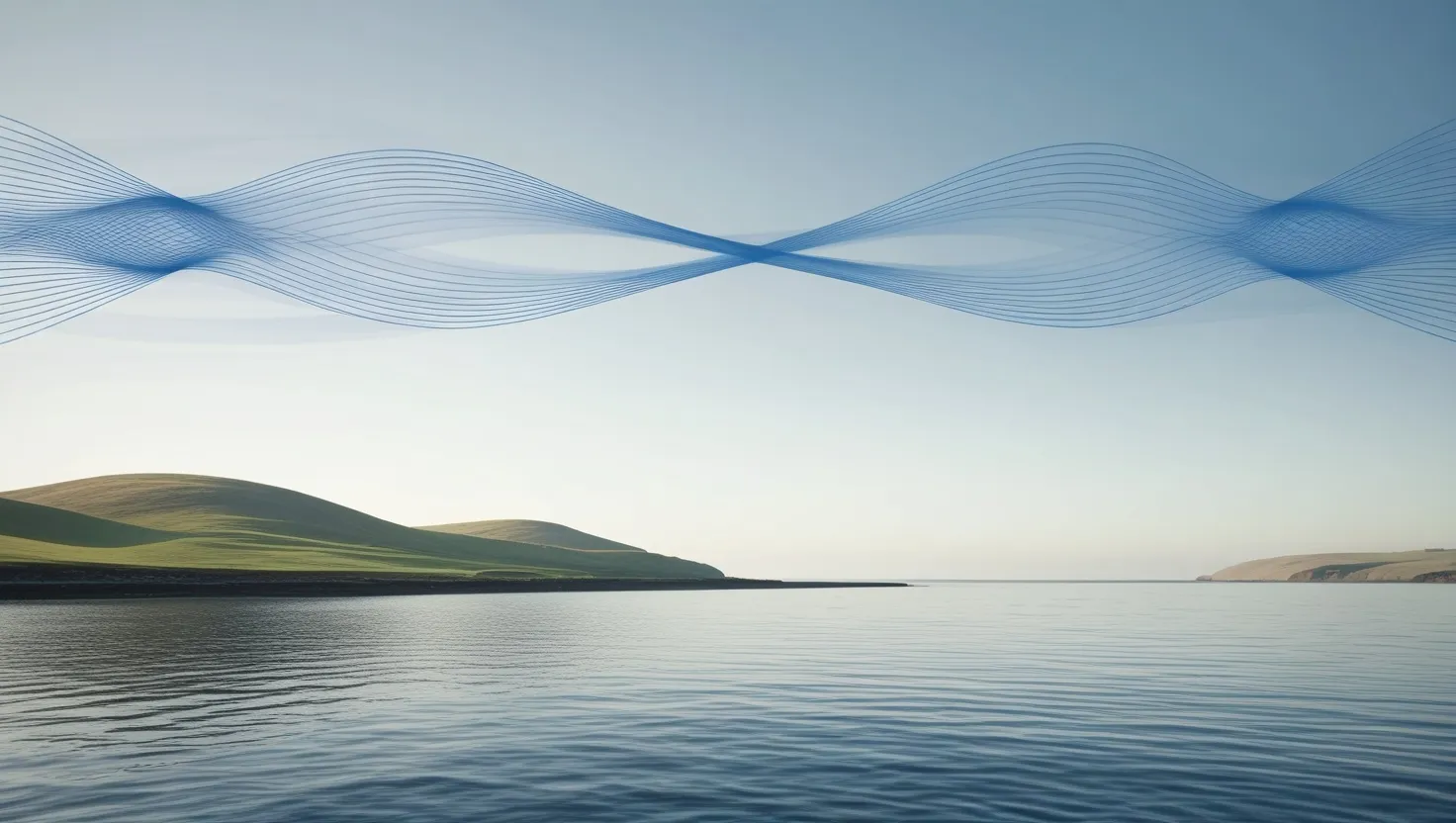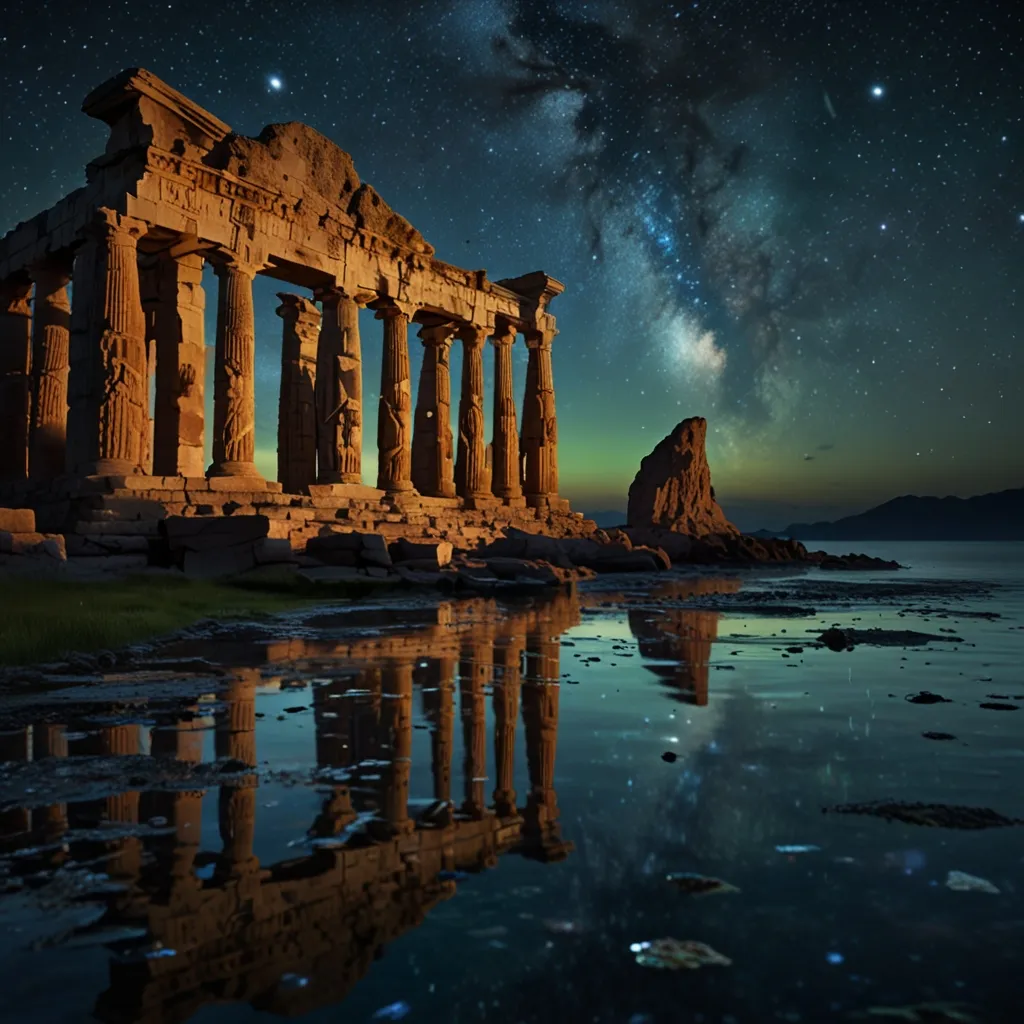When I first heard of the Yonaguni Monument resting quietly beneath the waves off the coast of Japan, I felt an odd mix of curiosity and skepticism. Nature is an artist, capable of sculpting the extraordinary from simple rock with enough time and pressure. But Yonaguni is something else. If you’ve ever seen those underwater photographs—right angles abounding, terraces stacked like stadium seats, steps cut with a surgeon’s efficiency—you’re probably asking the same question I did: What really created this submerged labyrinth?
Discovery stories rarely begin with legendary intent. In 1986, a local diver searching for good spots to observe hammerhead sharks stumbled on an underwater scene that didn’t resemble the chaos of natural reefs or the gentle curves seen after centuries of ocean erosion. Instead, he discovered slabs and corners so striking that at first, he thought he’d found ruins. The initial news trickled out slowly, but soon teams of geologists, marine archaeologists, and enthusiasts swirled around the site. With every expedition, new questions arose—none fully answered.
“Science is a way of thinking much more than it is a body of knowledge.” Carl Sagan emphasized the flexibility required to tackle complex mysteries, and Yonaguni perfectly illustrates his point. Consider the physical evidence: sharp geometric patterns unfurling over thousands of square meters—staircases, a towering pyramid-like base, and flat platforms. If a civilization built this structure, it rewrites everything we know about Japan’s ancient past. But if it’s all geology, then nature is far more inventive than most people imagine.
Geological explanations seem solid on paper. The monument sits squarely in a tectonically active zone where earthquakes and shifting plates are regular events. The sandstone bedrock of the region is known to fracture along straight planes when stressed. Over millennia, ocean currents, tides, and seismic activity could have collaborated, cutting crisp lines and shearing cliffs in mathematical style. But how often do we see so many right angles bundled together in nature? It’s not impossible, but it is rare enough to raise eyebrows.
There’s another layer to this puzzle that fewer people know: computer modeling. Scientists have used simulations to mimic marine erosion—letting digital water pound theoretical cliffs over thousands of years. While these models can reproduce some of the monument’s flatter terraces, even the best results fall short of replicating the consistent 90-degree angles stacked across several levels. The margin for random chance gets uncomfortably slim.
Archaeological evidence is claimed but slippery. Some divers have pointed to features resembling altars or ceremonial steps, elements strongly evocative of Okinawan stonework seen on land—yet conspicuously absent in modern underwater landscapes. Two massive pillars rise as if arranged by hand. A long, straight tunnel carves through the main body, so regular in width and alignment that it almost dares critics to call it accidental. On top of this, sonar and photogrammetry surveys have revealed a string of symmetrical forms nearby rather than just a lone oddity.
At this point, the question gets personal: Can I, or anyone in good faith, accept a purely geological origin for such clustered order? Or is there a piece missing from the standard account of prehistory?
To consider the idea of a lost civilization, we need to confront the uncomfortable timeline. The monument’s present resting place is 25 meters underwater, submerged around 10,000 years ago during the last great post-glacial sea rise. If humans built it, they did so long before any known settlement advanced enough to move mountains—literally or figuratively—existed in the region. No written records, no remnants of tools, no trace of the society that might have had the skills or reasons to construct such a site.
“Extraordinary claims require extraordinary evidence.” Carl Sagan’s challenge seems tailored to Yonaguni’s riddle. Researchers who propose human agency point to faint marks on nearby rocks and cliffs, likening them to ancient quarrying methods. Others, unfazed, demonstrate with field experiments how fault lines and weathering alone could have split and sheared the sandstone.
The monument lives on an active fault—an obvious place both for catastrophic shifts and for attracting the legends that spring up in places where the ground literally moves beneath one’s feet. Core samples lack clear tool marks, and mineral analysis shows that any surface clues would be buried under millennia of coral and algae, possibly forever obscured.
Is it possible that any human evidence simply washed away, dissolved, or disappeared under layers of calcified growth? Or are we grasping at patterns because the human brain is so adept at seeing design in disorder?
A quote from Arthur C. Clarke comes to mind: “The limits of the possible can only be defined by going beyond them into the impossible.” Could the monument be a kind of natural architecture that bends the rules of probability so far they seem snapped? Or does its existence whisper of lost chapters in the human story, epochs erased by rising seas and shifting earth?
Adding to the intrigue, recent dives have noticed a phenomenon often missed by dry scientific language: at night, glowing marine organisms seem to gather particularly in the monument’s narrowest carved channels. This bioluminescent gathering hints at another layer of design. Was this intentional, a forgotten method of creating guided underwater light shows, or a coincidence that nature is happy to exploit? Maybe neither. Or maybe both.
Photogrammetry—essentially the creation of detailed three-dimensional maps from scores of dive photographs—has given the most recent and precise measurements of the monument’s features. This new data exposes angles and alignments deviating sharply from what similar underwater outcrops display elsewhere on the planet. The mystery deepens rather than resolves.
Conversation about Yonaguni often turns philosophical. Are we so certain of our timelines that we’re missing a possibility hiding in plain sight? What if prehistory was richer in localized civilizations that left little or no durable mark, swept away by rising oceans and shifting tectonic plates? Or are we projecting our own need for lost worlds onto cold, silent stone, hoping for Atlantis where there is only bedrock?
No one has come up with a convincing answer. Professional geologists see an artifact of time and tectonics. Archaeologists and a growing corps of explorers maintain there’s something more: a story of forgotten ingenuity, hinting at cultures lost to time or catastrophe. Each fresh discovery—new chambers mapped, new symmetries measured, ocean life exploiting the sculpture’s features—draws more questions rather than answers.
“Somewhere, something incredible is waiting to be known.” Sagan’s words, once more, feel as if they’re meant for puzzles just like Yonaguni. The monument’s very existence asks us to expand our vision of both geology and history. It challenges the boundaries of what we think we know about our species’ early capabilities—and about nature’s sometimes mischievous creativity.
If you had the chance to descend into those blue depths and place your hand on the monument’s smooth, symmetrical blocks, what would you believe? Would you see the patient touch of earthquakes and tides, or sense the ghostly fingerprints of forgotten architects? How much are we missing—above the waves and below them—because our definitions are too narrow, or our curiosity too quickly sated with half-answers?
I find myself revisiting the images, time and time again, struck by how little we can say for certain. Perhaps the greatest lesson Yonaguni offers is not in its origin, but in the way it forces me—and maybe you—to hold competing possibilities in our minds. To doubt, to wonder, and to seek new ways of understanding the extraordinary forms the world presents us. That’s what keeps mysteries alive: not their resolution, but the persistent invitation to look closer, to ask harder questions, and to admit that, sometimes, the greatest evidence is in the questions themselves.






